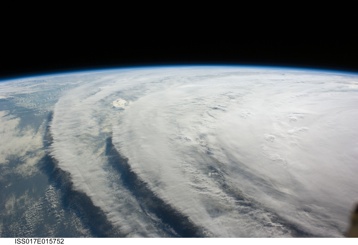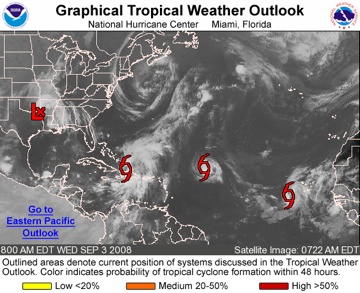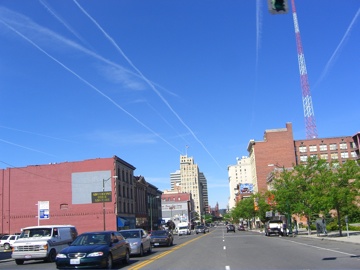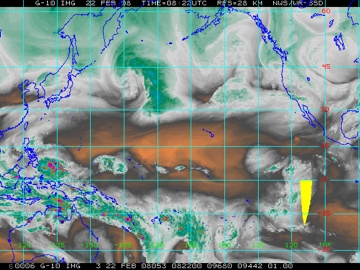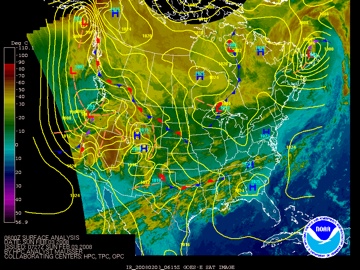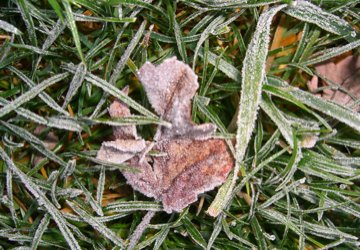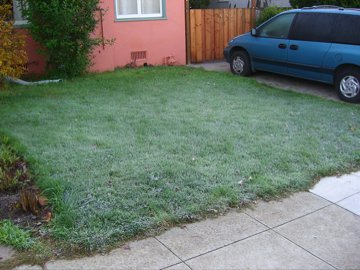We continue with more exclusive coverage of the coverage of the aftermath of Hurricane Ike. The image above is the storm as it looked last Wednesday from the International Space Station, which was at an altitude of 220 miles. (For comparison’s sake, the GOES satellites that provide most of the views we see of Earth weather are parked in geosynchronous orbits with an altitude of 22,300 miles. The Terra and Aqua earth observatory satellites that regularly provide stunning images of wildfires and other events work at an altitude of about 430 miles.) NASA has posted a gallery of ISS shots of Ike. And if you like these ethereal views of killer storms, see a wonderful collection published last week on the Boston Globe’s The Big Picture blog.
Enough fawning over pictures. Now to the serious business at hand: If you think those photographs merely depict awesome natural forces at work, you’re sadly mistaken. No. Just like Katrina before it, those who see world weather as a giant conspiracy have declared that Hurricane Ike was a storm on behalf of (someone’s) scheme for global domination.
First, there’s this: An alert from Kevin Martin, a self-described meteorologist in Southern California, that “chemtrails” (a type of evil aircraft condensation trail) were detected last week in areas of the United States along Ike’s forecast path. Whoa. If you’re not sold on the forecaster’s credentials after reading that, check out his public plea for letters of recommendation so that he could be admitted Mississippi State’s online course for would-be TV weathercasters. (There’s more to Kevin’s story, too: one of his inspirations, it turns out, is that he was once struck by lightning.)
Then there’s this: Scott Stevens, formerly of Pocatello, Idaho, TV weatherman fame, announced before Ike’s landfall that “this entire storm is manufactured.” Scott, like Kevin, also saw dark doings overhead in the Midwest before the remnants of Ike got there. Faceless Global Dominators were manipulating weather to fill all the region’s rivers and streams before the moisture-laden ex-hurricane arrived. The motive behind the storm and associated “tweaking,” apparently, is economic chaos. As if we need any more help.
My one and only question to the World Weather Conspiracy folks would be: In olden times, before the advent of high technology–or maybe I should say human high technology, because the Faceless Dominators could be extraterrestrials or Greek or Norse gods unhappy in their retirement–who was responsible for all the floods, droughts, hail storms, heat waves, cold snaps and other weather catastrophes that beset us?
Technorati Tags: chemtrails, hurricane, hurricane ike, weather

